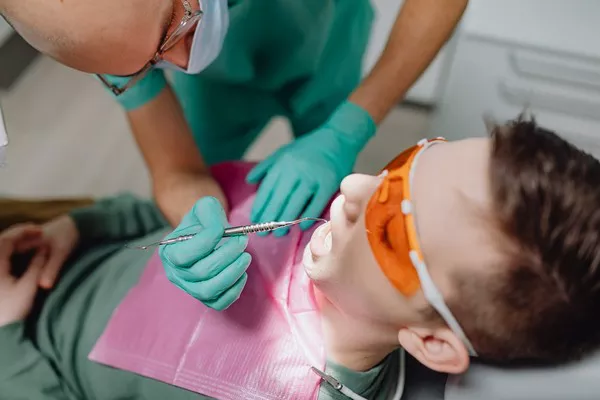Nursing measures after dental implant operation 1. The relationship between dental body and periodontal of dental implant is similar to that of natural teeth.
The perforating part of the implant forms an epithelial cuff with the gingival epithelium to prevent various oral infections from entering the implant-osseointegration interface, thus maintaining the long-term stability of the implant.
The biological destruction of the cuff by bacteria and viruses and the mechanical destruction of the cuff by the force of the implant will have a direct impact on the service life of the implant.
Therefore, it is necessary to perform special implant cleaning around the implant and routine cleaning of the surrounding natural teeth.
This is part of the care for dental implants.
2. The implanted teeth should be coordinated with the natural teeth to maintain the normal function of the orognathic system.
On the one hand, the wear rate of implanted teeth is different from that of natural teeth, which will destroy the establishment of physiological abrasion (occlusion) and cause trauma.
On the other hand, natural teeth always have forward and countertop movement, while implant teeth lack the driving force of these two directional movements.
Therefore, it is necessary to adjust the implant regularly to adapt to the changing relationship.
3. Like natural teeth, implant teeth are made up of multiple parts, but the parts of natural teeth are organically integrated, while implant teeth are connected by screws or adhesives.
The mechanical connection is limited by fatigue life and mechanical properties, and it is easy to loosen each connection part of the implant.
The adhesive connection may loosen the prostheses due to the release or aging of the adhesive.
Therefore, it is necessary to regularly check the various parts of the implant for faults so that they can be repaired in time.






























